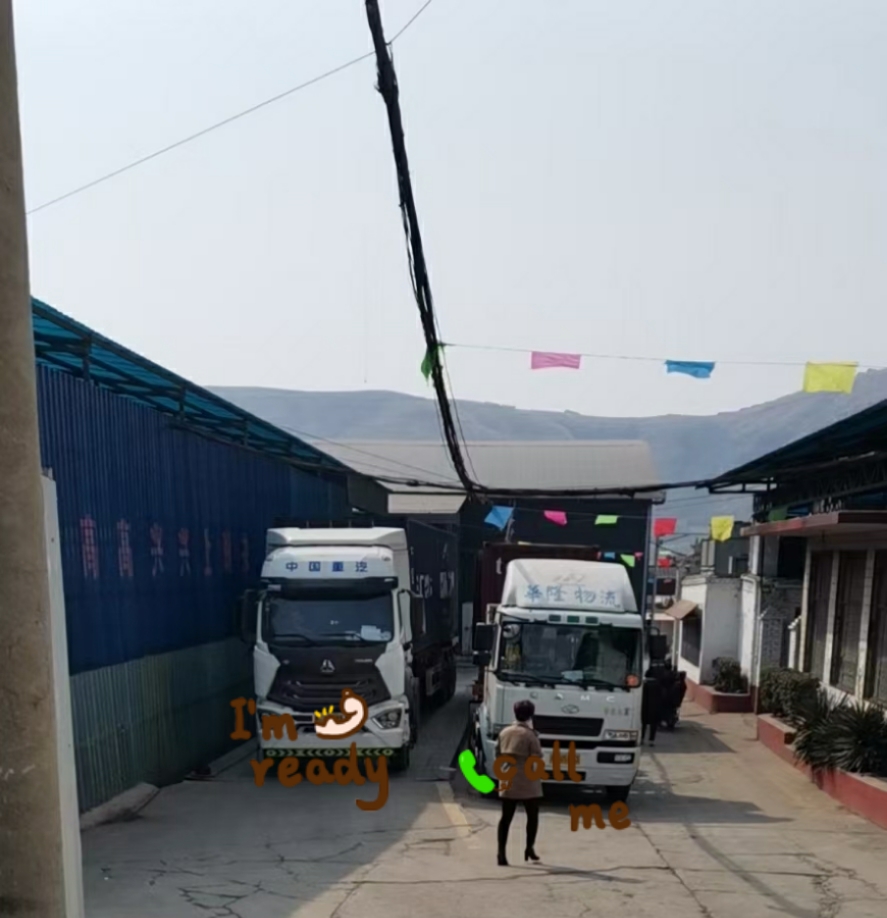When the general enterprise exports, the main concern during the loading process is the error of the goods data, the damage of the goods and the data inconsistent with the customs declaration data, which will cause the customs to not release.
Therefore, before loading, the shipper, warehouse, and freight forwarder must coordinate and considerately to avoid this situation. The following is an explanation of the skills of container loading.
Precautions for mixing
When the general enterprise exports, the main concern during the loading process is the error of the goods data, the damage of the goods and the data inconsistent with the customs declaration data, which will cause the customs to not release. Therefore, before loading, the shipper, warehouse, and freight forwarder must coordinate and considerately to avoid this situation.
1. Goods with different shapes and different packages should not be packed together as much as possible;
2. Goods that will seep dust, liquid, moisture, odor, etc. from the package should not be placed with other goods as much as possible. “If there is no alternative, they must be separated by canvas, plastic film or other materials.
3. Lightweight goods are placed on top of relatively heavy goods;
4. Goods with weak packing strength should be placed on top of goods with strong packing strength;
5. Liquid goods and clean goods should be placed under other goods as far as possible;
6. Goods with sharp corners or protruding parts should be covered to avoid damage to other goods.
Container loading skills
There are usually three methods for on-site packing of container cargo: that is, all the boxes are packed by manpower, moved into the box with a forklift (forklift), and then stacked by manpower, and all boxes are packed by machinery, such as pallets (pallets). ) The goods are stacked in the box with a fork-lift truck.
1. In any case, when goods are loaded into a container, the weight of the goods in the box cannot exceed the maximum load capacity of the container, that is, the total amount of the container minus the self-weight of the container. Under normal circumstances, the total weight and self-weight will be marked on the door of the container.
2. The unit weight of each container is fixed, so when loading the same kind of goods in the box, as long as you know the density of the goods, you can determine whether it is heavy or light. If the density of the goods is greater than the unit volume weight of the box, it is heavy goods, otherwise, it is light goods. Timely and clearly distinguishing these two different situations is very important to improve the efficiency of packing.
3. When loading, balance the load on the bottom of the box. In particular, it is strictly forbidden that the center of gravity of the load is at one end.
4. Avoid generating concentrated loads. “For example, when loading heavy cargo such as machinery and equipment, the bottom of the box should be covered with padded materials such as wooden boards to spread the load as much as possible. The average safe load per unit area on the bottom of a standard container is roughly: 1330×9.8N/m for a 20-foot container, 40 feet The container is 980×9.8N/m2.
5. When using manual loading, pay attention to whether there are loading and unloading indication signs such as “not upside down”, “flat”, “vertical”, etc. on the package. Be sure to use the loading tools correctly. Hand hooks are prohibited for bundled goods. The goods in the box should be neatly and tightly packed. For goods that are easy to be loosely bundled and packaged with fragile packaging, use pads or insert plywood between the goods to prevent the goods from moving in the box.
6. When loading pallet cargo, it is necessary to accurately grasp the internal dimensions of the container and the external dimensions of the cargo packaging in order to calculate the number of pieces to be loaded, so as to achieve the purpose of minimizing abandonment and loading more cargo.
7. When using a forklift truck to load the box, it will be restricted by the free lifting height of the machinery and the height of the mast. Therefore, if conditions permit, the forklift can load two layers at a time, but there must be a certain gap between the top and bottom. If the conditions do not allow loading two layers at a time, when installing the second layer, considering the free lifting height of the forklift truck and the possible lifting height of the forklift truck mast, the mast lifting height should be the first The height of the first floor minus the free lifting height, so that the second floor can be loaded on the upper floor of the third floor.
In addition, a general forklift truck with a lifting capacity of 2 tons is generally used, and its free lifting height is about 1250px. But there is also a forklift truck with full free lifting height. This kind of machinery is not affected by the lifting height of the mast as long as the height of the box allows it, and it can easily stack two layers of goods. In addition, it should also be noted that there should be skids under the cargo so that the forks can be pulled out smoothly.
Finally, it’s best not to pack the goods naked, at least with packaging, and don’t blindly save space and cause damage to the goods. General goods will also be packaged. Only large machines such as boilers and building materials will be more troublesome. They must be tied up and tied tightly to prevent loosening. In fact, as long as you are careful, there won’t be too many problems.

Post time: Mar-31-2021


